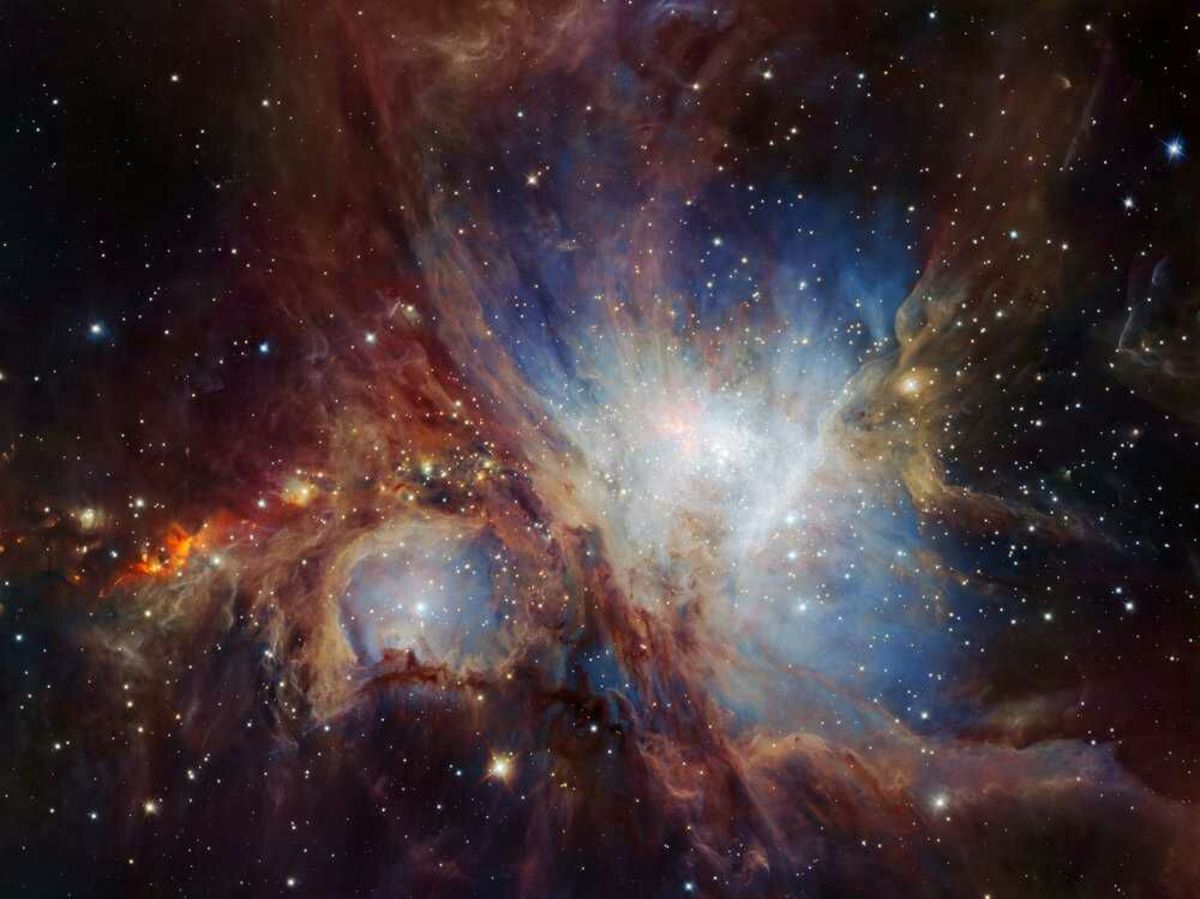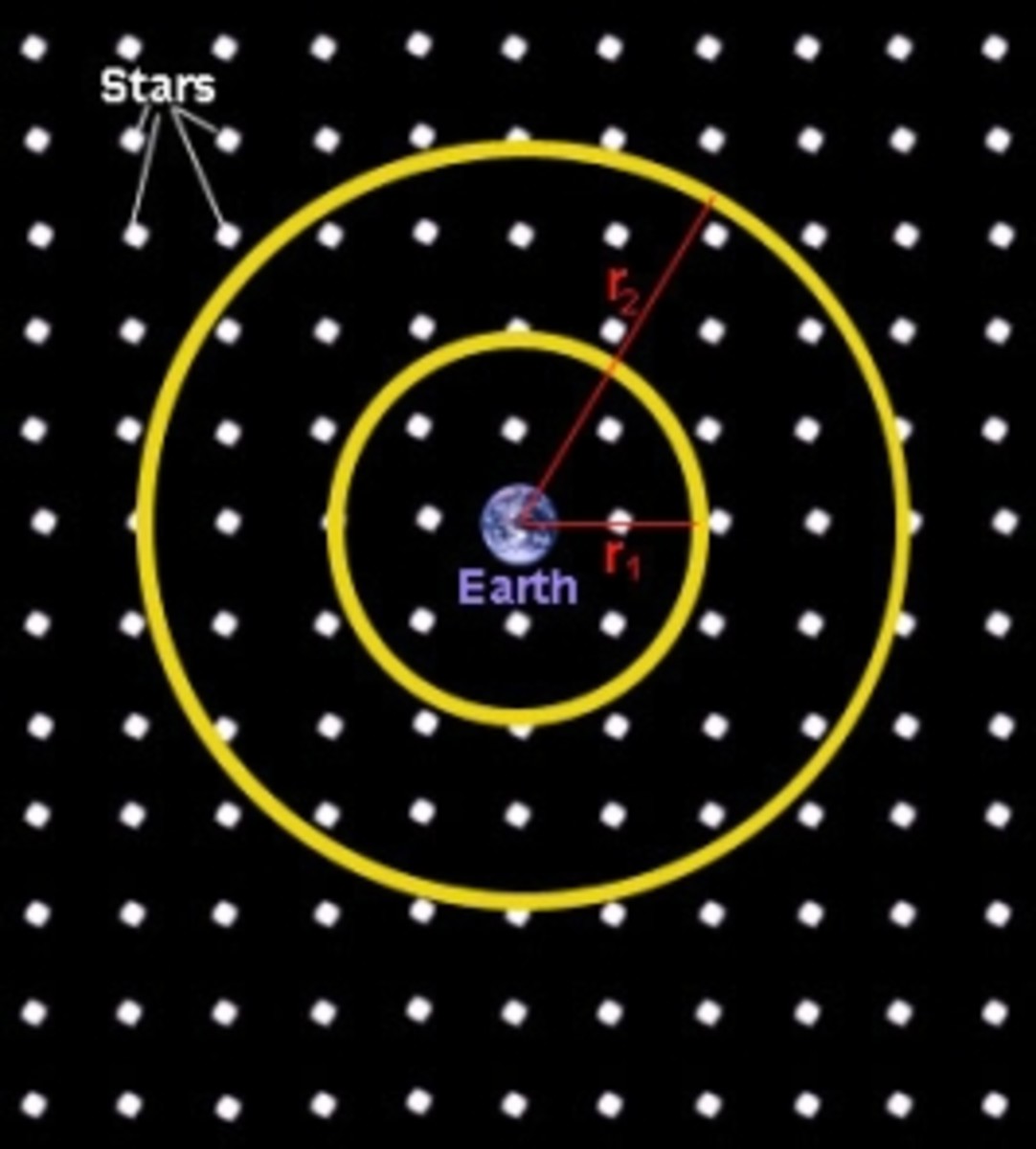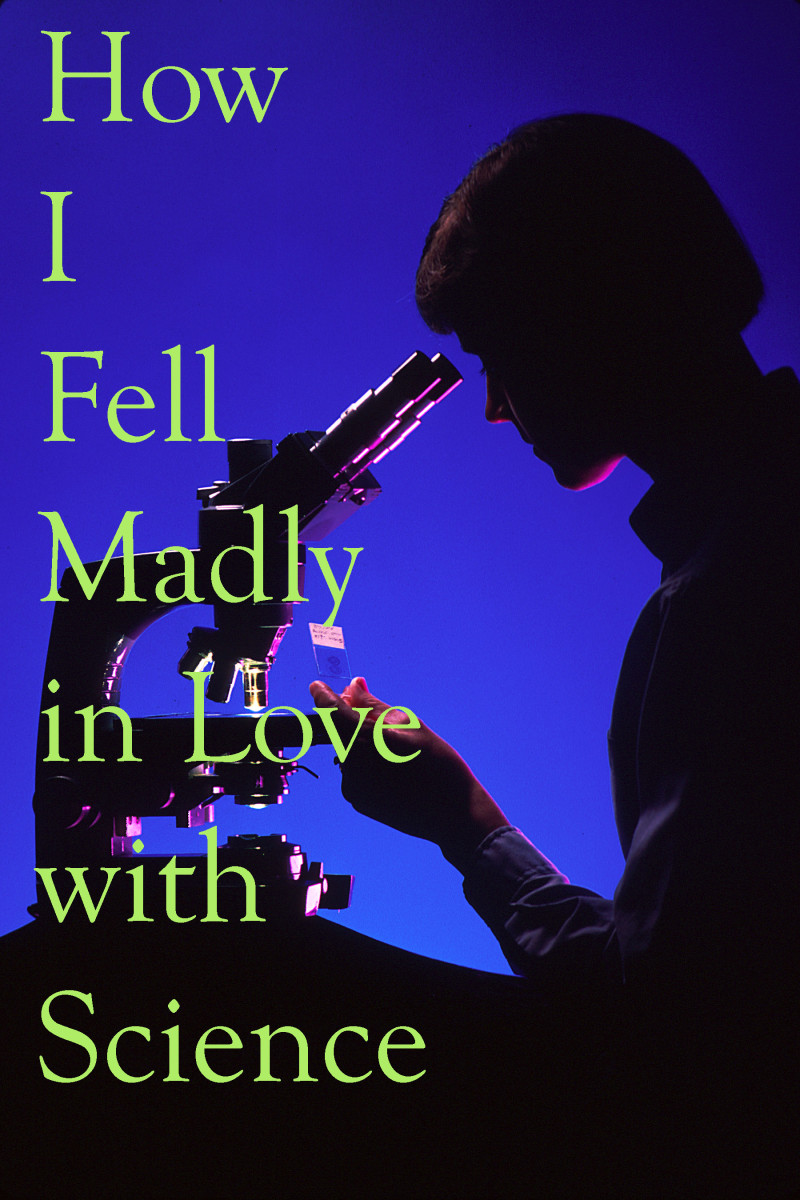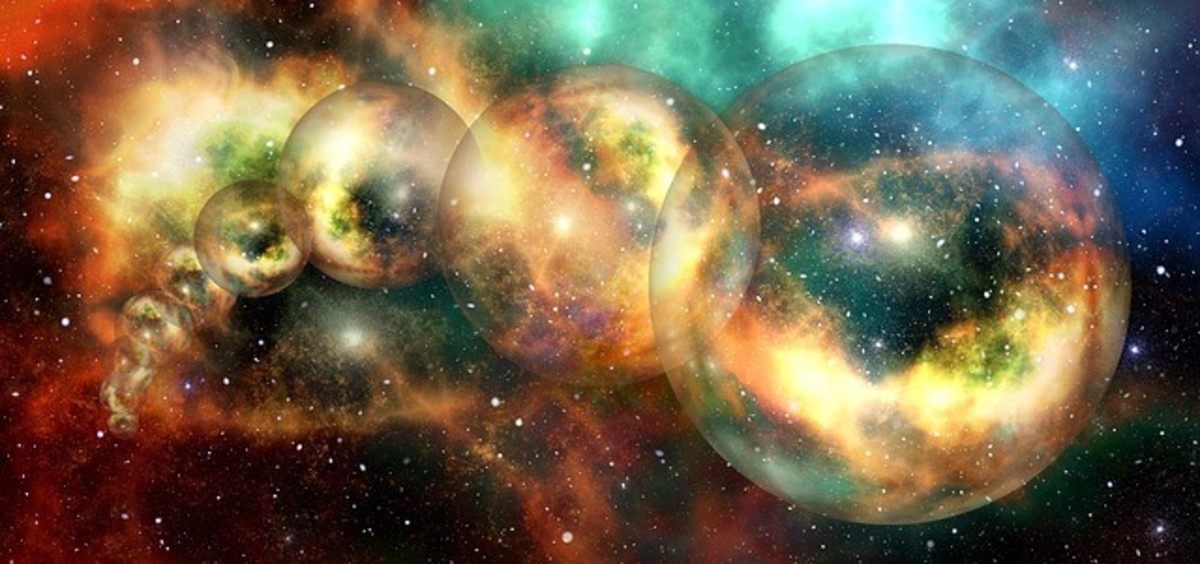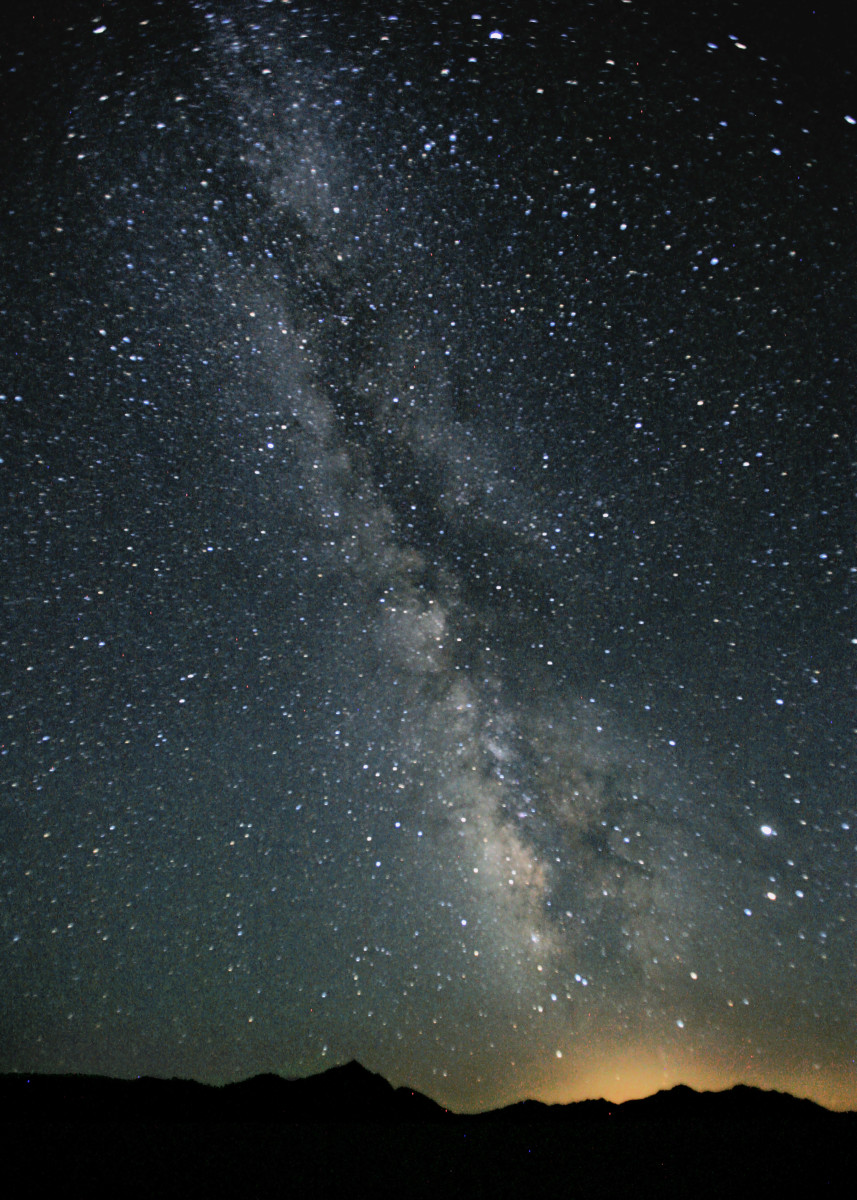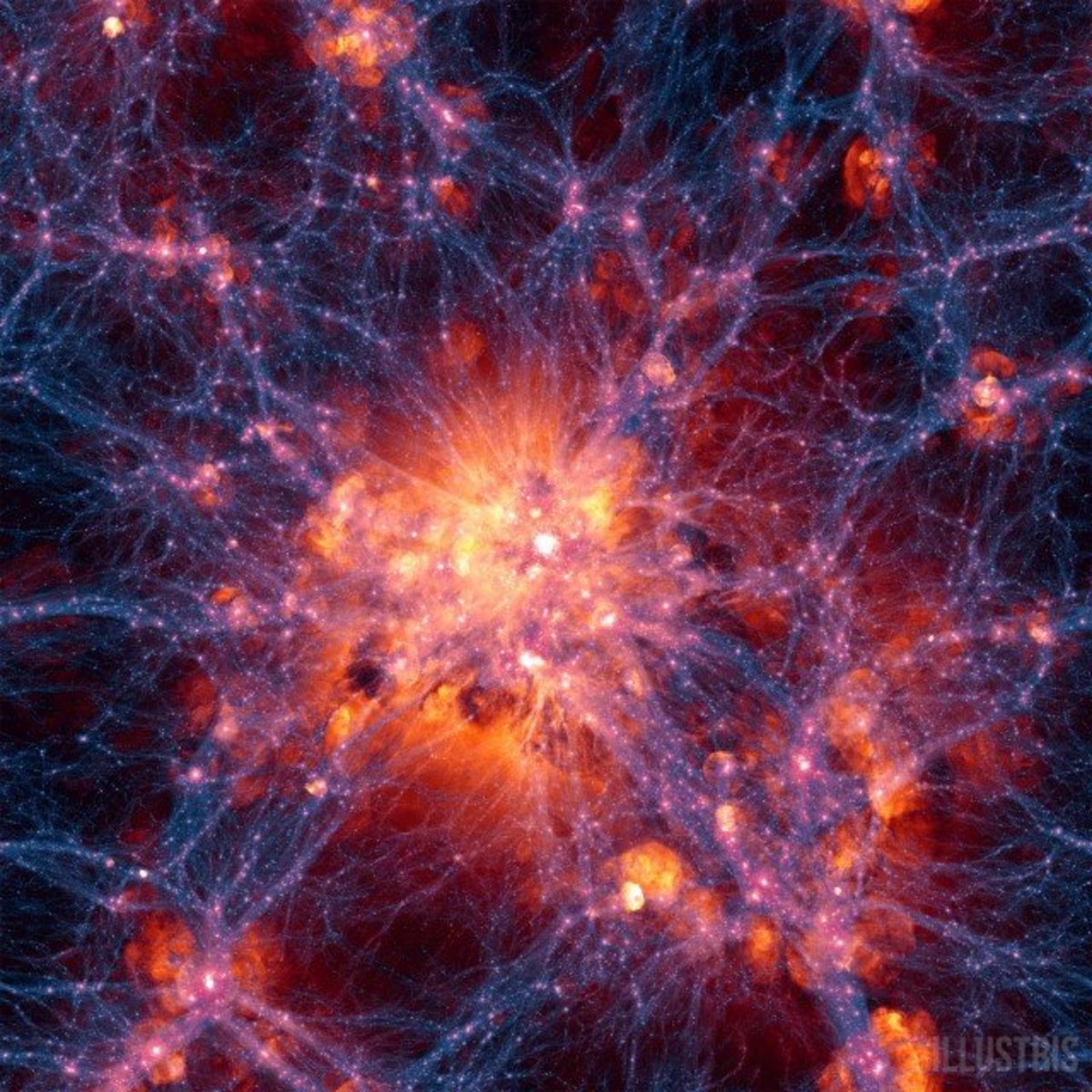How Anyone Can Prove BigBang And The Beginning Of The Universe?
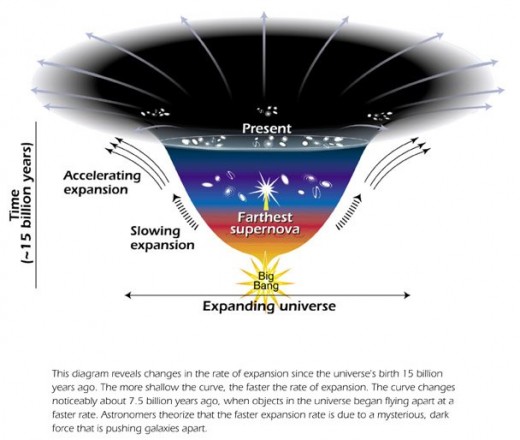

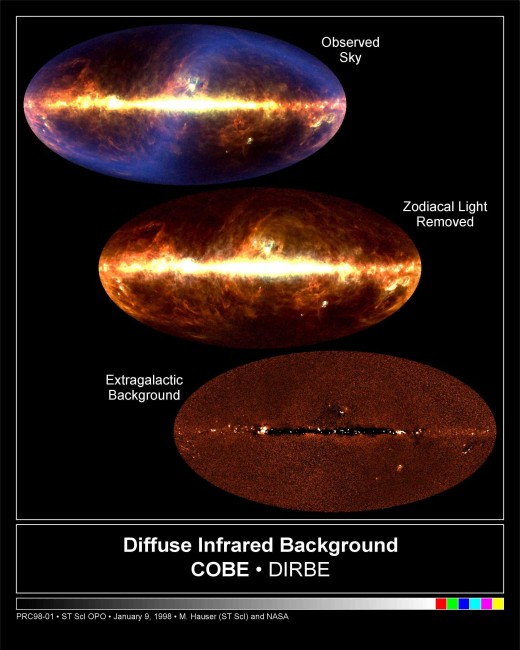
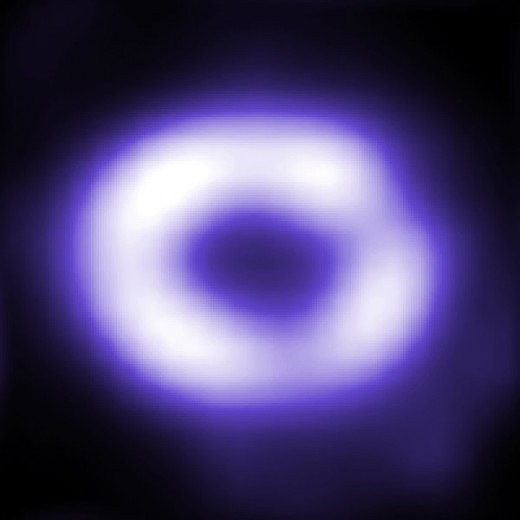
Cosmos And You! How To Prove BigBang Cosmos Right?
Where did the universe come from?
Does the cosmos have an origin?
How did it all begin?
Perennial questions every intellectual mind seems to ask…
The answer…?
Well, science does have answers to these questions.
It explains the beginning…from a Cosmic BANG; big enough to create all the things that we observe today! The earth, moon, sun, the solar system, Milky way, the galaxies, black holes, the infinite interstellar spaces…all…it all began around 13800000000 years ago in a big bang, explains the big bang theorem.
However, being an intelligent human being you may not agree with science.
...Why should you believe in Big Bang anyway?
Does science have any proof to believe in Big Bang theorem?
You might be asking these questions right now.
The answer is affirmative. Yes, science does have evidences that any skeptic can easily verify practically about the “Big bang” that claims to have happened 13.7 billion years ago.
Here are the proofs…
1) If you apply a simple logic, if the cosmos was created by a BIG Bang, then, that bang also should cause the universe to expand (unless it’s opposed by an equal, or a bigger force).
In 1929 Edwin Hubble, made one the revolutionary discoveries in the history of astronomy – The expansion of the universe!
Based on his astronomical survey, measuring the red shifts of distant galaxies, he found that the red shift proportionately increased when the distance of observed galaxies increased. Red shift, a phenomenon that causes the observed light to appear “redder”, when the source moves away from the observer, therefore, can be taken as an indication that a galaxy causing this effect, also moves away from the earth.
The measurement of red shift also indicates the amount of energy loss to a light beam emitted from the galaxy that we observe as it travels through the opposing gravitational fields present in its path of propagation. And so, this startling discovery of proportionately increasing red shits of galaxies convinced Hubble to declare the world that the universe was indeed expanding!
2) If there was really a BIG "BANG"... big enough to create the universe... then that BANG should have left traces behind it’s explosion…
George Gamow, in 1948, predicted that this cosmos glow could be detected experimentally and calculated the heat of this cosmic glow to be a few kelvins above the absolute zero. This prediction was later experimentally verified in 1968.
3) The abundance of lighter elements like isotope of hydrogen and helium is an observed fact of the cosmos.
The big bang theory predicted that in the beginning everything was close together and formed cosmic ocean of photons (light) -- full of elementary particles like neutrinos, electrons, positrons, protons, and neutrons. As the universe cools, these particles started to combine together to form the lightest chemical elements like hydrogen, helium, lithium, etc
The abundance of isotope of hydrogen- deuterium, helium and lithium can be calculated from the ratio of photons (light) to the baryons -heavy particles like neutron, protons...that make most of the visible mass of the universe. And this photons baryons ratio can be calculated from the cosmic background radiation fluctuations.
The predicted values of big bang agreed with the practical measurements. Hence the big bang theorem explained why there was so much deuterium, helium and lithium present in the universe.
4) The formations of large-scale structures of cosmos like galaxy clusters, quasars, etc are observed in strong accordance with the predictions of big bang theorem.
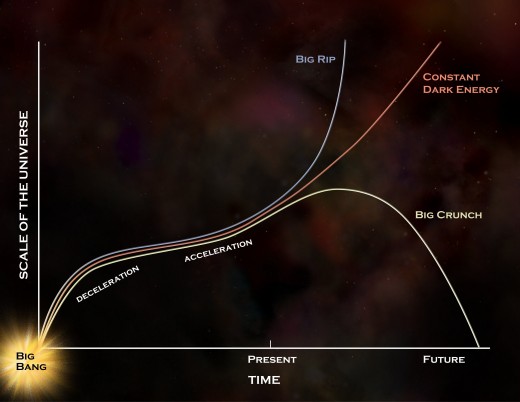
Explore The Cosmos!
BigBang Cosmos -- The Beginning!
In 1927 Belgian astronomer Georges Lemaitre proposed the theory of an expanding universe. He also derived a constant for the expansion. However, most of the physicists, including Einstein and Eddington, dismissed Lemaitre’s idea of an expanding universe as “abominable”.
Two years later, astronomer Edwin Hubble presented his data of astronomical survey of galaxies to the world and declared an expanding universe. Hubble’s practical verifications supported Lemaitre’s model of an expanding universe.
In 1931 Lemaitre modified his theorem as “hypothesis of a primeval atom” and stated that the universe had a beginning in time, from what he called as a “primeval atom”. This primeval atom contained all the matter, energy, time and space that we know today. And the beginning of time and space occurred… along with an ocean of photons (energy)… from this “primeval atom”, at the point of the first BURST of expansion – better known as the BIG BANG!
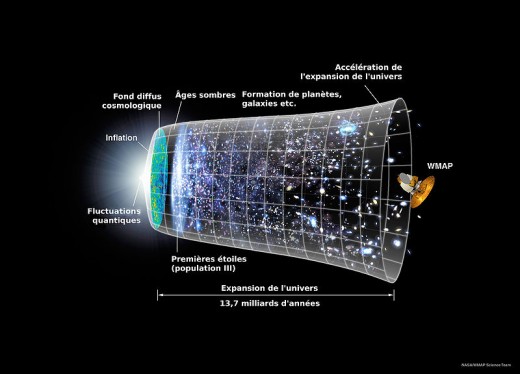
Related Hubs: cosmos
- Exploration Of The Universe! - An Incredible Journey By George O Abell
Our planet Earth is indeed a wonderful place. For ages, it has proven to be an ideal place for the formation and sustenance of life. But as civilizations grew and technology progressed, we have become aware... - One, Two, Three... Infinity - Amazing Book That Changed My World Around!
If there is a science book that aims to discuss complex concepts and theories with the use of good-witted humor and sensible anecdotes, it has to be George Gamows One, Two, Three Infinity. World-famous... - Cosmos By Carl Sagan - Why Every Human Must Have This?!
If these days, teen television shows revolving around the lives of the rich, the popular, and the elite are what have been invading popular culture and thought, the late seventies was faced with a rather...




